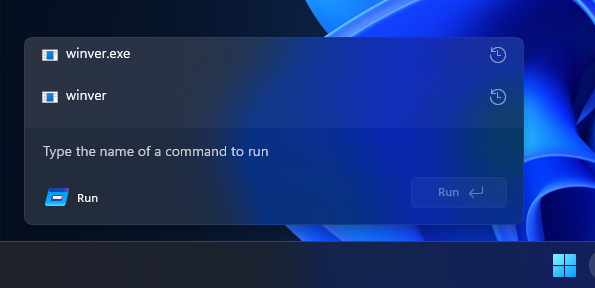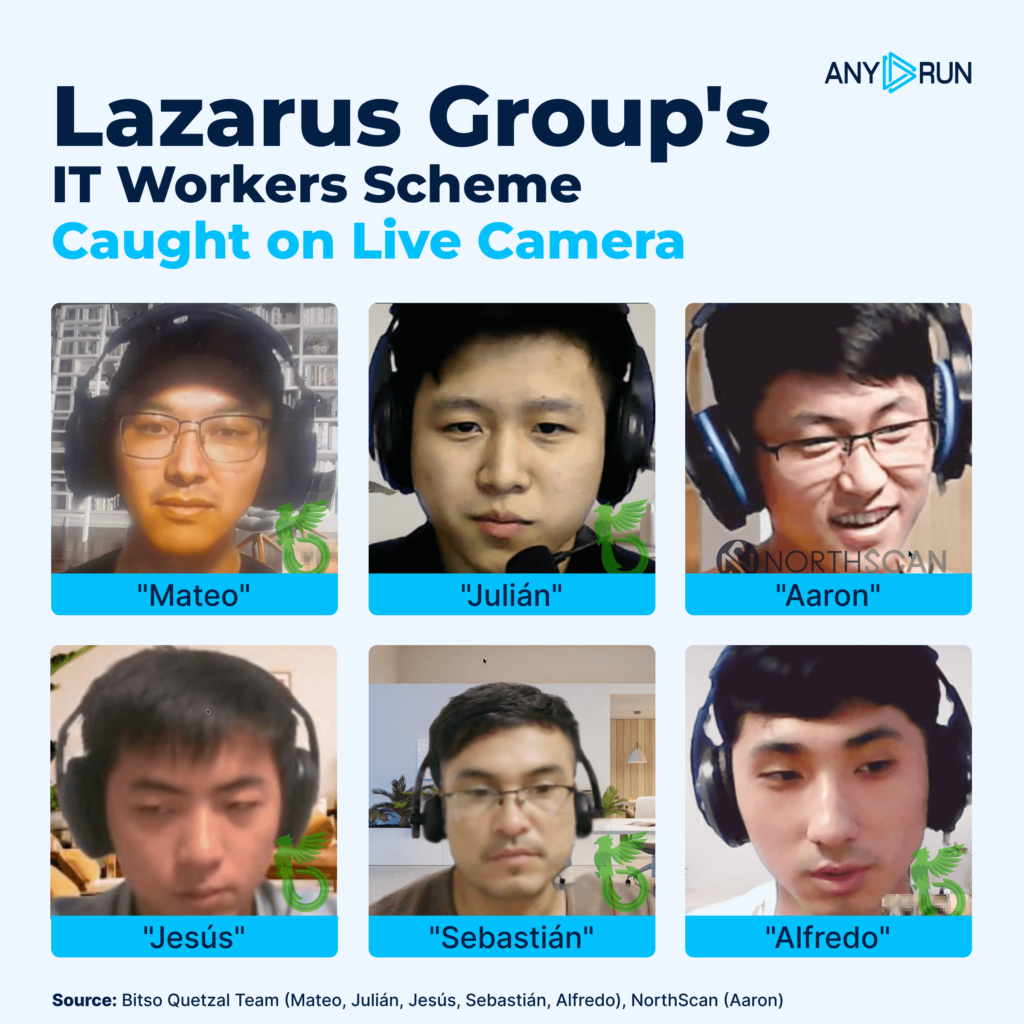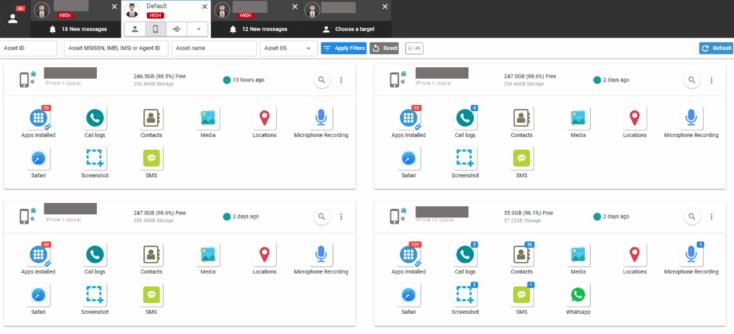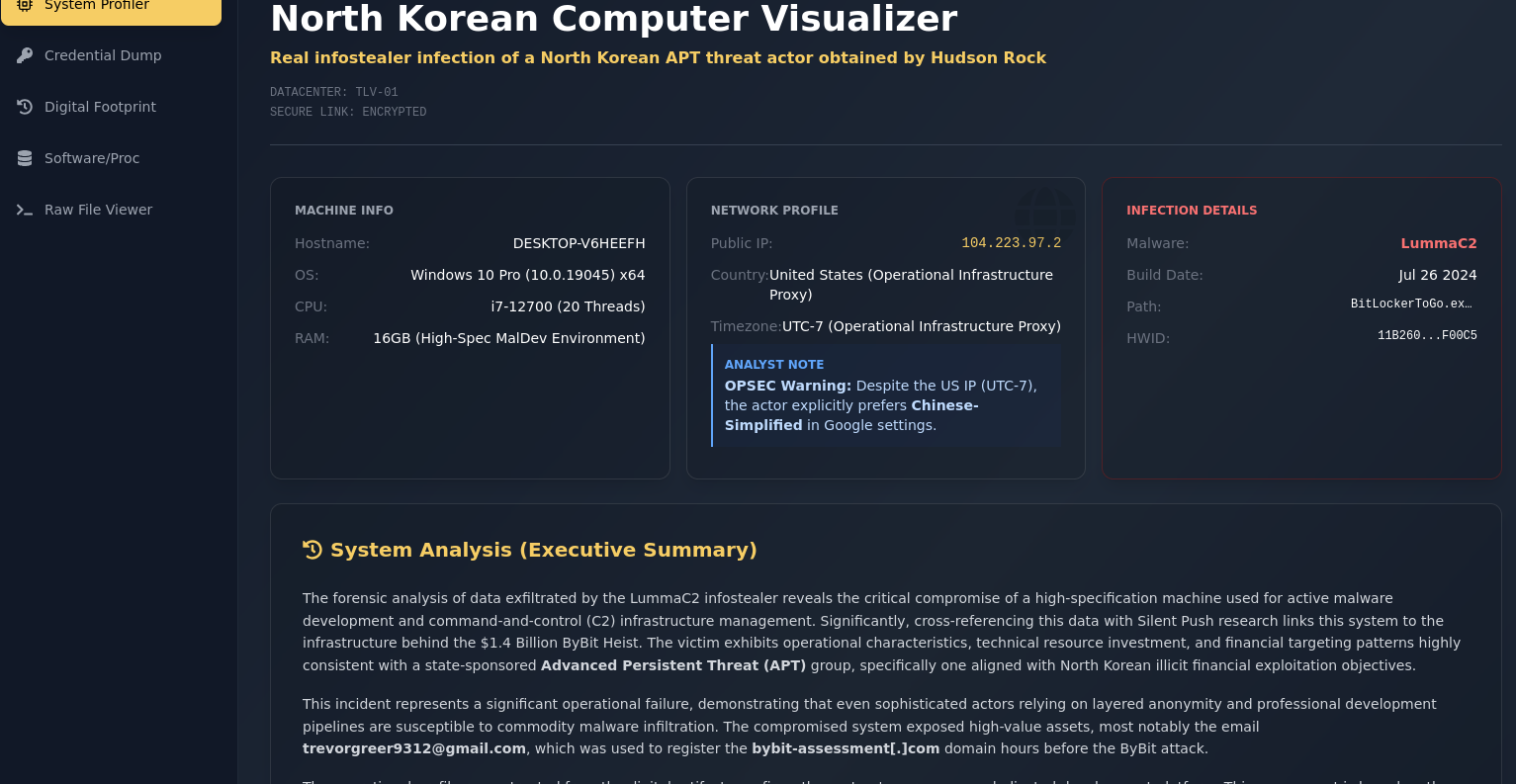Posts
2869Following
689Followers
1511kravietz 🦇
kravietz@agora.echelon.plMarco Rubio just posted on Twitter:
The European Commission’s $140 million fine isn’t just an attack on X, it’s an attack on all American tech platforms and the American people by foreign governments. The days of censoring Americans online are over.
He did so after a few US companies got fined in EU for violation of laws regarding privacy and not only moderation of posts, but also the opposite - arbitrary deletion of legitimate content and refusal to restore it.
Seems like the secretary of state just discovered that if an US company wants to earn money in another country, that comes bundled with following its laws! Can you imagine?
For comparison, if an EU company wants to do business in US, it has to follow not only US federal laws, but also state laws and county (!) laws. Americans in EU have it much easier, because they enjoy laws that are largely harmonised among member states rather than the US mess of incompatible state laws and variable sales tax rates between counties.
buherator
buheratorhttps://github.com/v-p-b/nbfx/commit/bb588dec57e0dfee6db389de70235d9693ea6d6a
It turned out that the release introduced mandatory consistency `_check()`s for serialization (see Release Notes) that force you to take additional hurdles during development, but unit tests paid dividends as I emphasized in the announcement post:
https://blog.silentsignal.eu/2024/10/28/wcf-net.tcp-pentest/
#pentest #UnitTesting
buherator
buheratorDM me if you are interested!
#FediHire #Inkscape #Illustrator #Graphics
eShard
eshard@infosec.exchange🔴 We're going live with Binary Ninja, at 10am EST (3pm GMT / 4pm CET / 11pm SGT). Join us here: https://www.youtube.com/live/nzar2L4GUJ8
#cybersecurity #reverseengineering #binary #softwareengineering
buherator
buheratorhttps://joshua.hu/ai-slop-story-nginx-leaking-dns-chatgpt
This is actually a description of a neat infoleak involving Nginx DNS caching, blue team over-reliance on LLMs is bonus.
buherator
buherator^ This is a fundamental misunderstanding that reminds me (again) of one of my favorite failed experiments of '90s internet: the online 3D shopping center.[2]
C-levels of the time spared no expense to build a complete VRML model of a shoping center in the browser, where you could walk around, take the escalator for a better view on the virtual fountain or even rent a virtual space for your goods.
What the inventors didn't understand is that of course people don't go to the mall to use the escalator, but to buy stuff.
Online banking, shopping, etc. became popular even over phone-based services because people realized that clicking on stuff is more effective than talking (and walking).
Chatbots are the 3D escalators of todays technology.
[1] https://www.theverge.com/report/822443/microsoft-windows-copilot-vision-ai-assistant-pc-voice-controls-impressions
[2] https://web.archive.org/web/20070610120220/https://index.hu/tech/net/plaza0607/
Rairii 

Rairii@labyrinth.zone
Attacker Friction
attackerfriction@infosec.exchangeYou fail to realize you are on a honeypot.
https://any.run/cybersecurity-blog/lazarus-group-it-workers-investigation/
Moritz Sanft
moritz@infosec.exchangeSince I started to analyze #CVE-2025-55182 (#React, #NextJS #RCE) at work today, I decided to publish my analysis findings so far, given all the fuzz about the vulnerability: https://github.com/msanft/CVE-2025-55182
Feel free to contribute to the search for a proper RCE sink!
buherator
buheratorhttps://kaitai.io/news/2025/09/07/kaitai-struct-v0.11-released.html
This is huge and it's great to see that @nlnet money goes to the right places!
Tom Sellers
TomSellers@infosec.exchangeThe ChatGPT outage the other day made me wonder if we will see DDoS crews hold AI services for ransom. Many of them have deep pockets and being down a day or two would hurt.
Lorenzo Franceschi-Bicchierai
lorenzofb@infosec.exchangeNEW: Staffers at notorious spyware maker Intellexa had live remote access to their customers' surveillance systems.
This allowed them to see the personal data of targets hacked with Intellexa's spyware Predator, according to new research based on a leaked training video.
Needless to say, this is bad for several reasons.
Project Zero Bot
p0botSamsung: QuramDng TrimBounds Opcode leads to out-of-bounds reads
https://project-zero.issues.chromium.org/issues/443793212
CVE-2025-21074
Project Zero Bot
p0botSamsung: QuramDng invalid LossyJpeg component assumption, leading to out-of-bounds write
https://project-zero.issues.chromium.org/issues/444346510
CVE-2025-21075
Attacker Friction
attackerfriction@infosec.exchangeWorkforce shortage: a developer changed career to mine stone for Great Leader after infecting his own machine for testing, turning your operation into an online version of the imperialist video game Uplink.
buherator
buheratorhttps://github.com/msanft/CVE-2025-55182
CVE-2025-55182
Alec Muffett
alecmuffett@mastodon.socialAge Verification: Teaching the world how to evade censorship
https://alecmuffett.com/article/132609
#AgeVerification #OnlineSafety #TheVpnEffect #censorship #missouri #surveillance
/r/netsec
_r_netsec@infosec.exchangeHigh Fidelity Detection Mechanism for RSC/Next.js RCE (CVE-2025-55182 & CVE-2025-66478) https://slcyber.io/research-center/high-fidelity-detection-mechanism-for-rsc-next-js-rce-cve-2025-55182-cve-2025-66478/





